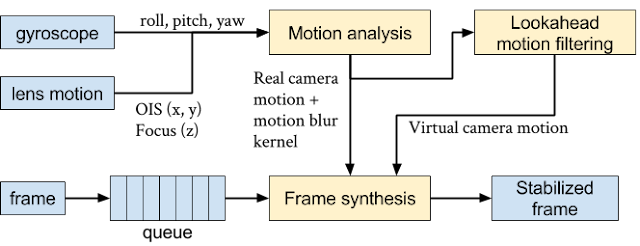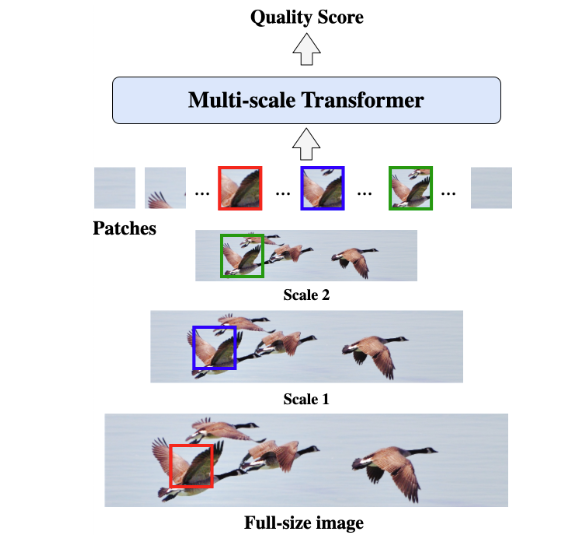1. Alpha Matting
Goal: accurate matting for fine details
Application: background replacement, synthetic bokeh
Idea: not binary, but estimate a transparency value
How: Train a CNN
- input: RGB image and coarse alpha matte
- MobileNetV3 and shallow encoder-decoder
- A studio to make high-quality dataset
2. Omnimattes
Goal: produce mask not only for objects but also their effects (shadow, smoke, reflection..)
Application: image and video editing
Idea: create different layer for each object and also the background
How: Train a CNN
- learn the strong correlation first
3. Denoise and Sharpen
Goal: denoise for any image without knowing the parameter of the camera. (Computational effective)
Application: image post-processing
Idea: assess the noise level and blur type in patch level
How:
- Pull-push denoising
- first pull(down-sample), in different level(pyramid), use this to find local structure
- Then push(up-scale), pixels fused with coarser level by doing weighted average
- Polyblur: deblurring caused by a blur kernel
- observation: the maximal value of the image gradient across all dir in a sharp image follows a particular distribution. So we can estimate the blur in given direction
- Assumption: mild blur
- How: reblur it serveral time
4. HDR+
Goal: reduce noise, handle large dynamic range scene
Application: mobile phone photograph
Idea: burst of under-exposure
How:
- for noise, burst, align, average
- for HDR, bracketing(same exposure time), burst, align, combine
5. HDR+ with bracketing
HDR+ works for maoderate dynamic range, but fails for High dyanmic range
HDR+’s problem: noise
- shot noise, if this is the only noise, HDR+ works great
- read noise, depends on the number of frames taken, make HDR+, can not be canceled
Goal: to capture real high dynamic range
Idea: before the shutter, use burst; after the shutter, use bracket; merge
How:
- new spatial merge algorithm
- Deghosting algorithm
- merge raw earlier
6. Night Sight
Defien the dark level, lux.
- Samrt phone start to struggle at 30lux
- HDR+ make it possible at 3lux
- Goal: between 3lux and 0.3lux with a smartphone and single shutter, no flash
Idea: capture more photons.
- handheld for longer exposure
- motion blur: use optical flow to minimize the blur
Problem:
- alignmnet, HDR+, Super Res Zoom (require faster processor)
- AWB in low light: ill-posed problem, develop a learning based algorithm
- Tone mapping: well exposured image just like the daytime. Using the S-curve
7. Super Res Zoom
Goal: better digital zoom, merge many frames to a single high-res image
Idea: sensor shift that can be used to get the detail in Bayer
- take the hand-motion as pixel-shift, OIS to compensate the large motion
How:
- take burst
- select 1 image as base
- interpolate between two images
Problem:
- single image is noisy, align along apparent edges (a trade off, balance)
- object has motion too, deal with imperfect alignment (only merge the confident deature)
- the image data is not uniformly distributed
8. Motion Still
Goal: stablize the image
Idea: motion estimation and crop
How:
- Pure software-based: analyze and tracking the feature, then do a affine transformation
- Classify fore and back ground, estimate a optimal path by the metadata
9. Video Stablization
Goal: EIS+OIS
Problem: camera shake, motion blur, rolling shutter, focus breathing,

10. Image Quality Assessment
Multi-scale Transformer, take image with different aspect ratio
